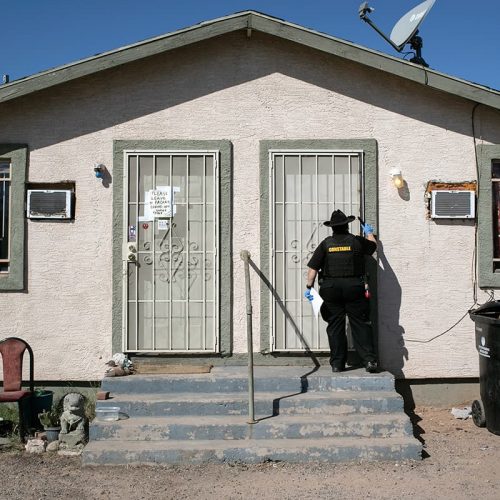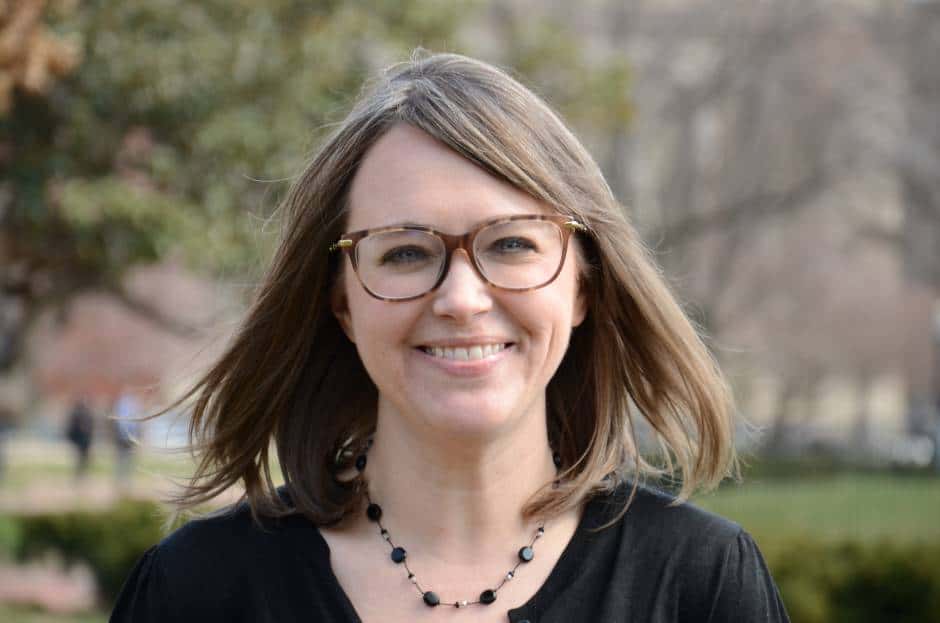Introduction
For the better part of 15 months, American renters have had a measure of protection against eviction.
Now, that safeguard may be about a month away from disappearing, and the country is facing what could be the worst housing crisis in decades, advocates say.
The Centers for Disease Control and Prevention’s eviction moratorium — meant to keep millions of jobless renters in their homes during the COVID-19 pandemic — was set to expire June 30. On Thursday the agency lengthened it through the end of July. That, the CDC warned, “is intended to be the final extension.”
“We’re moving into a very difficult summer,” said Susan Reif, director of the Eviction Prevention Project for the Georgia Legal Services Program, which provides legal assistance to low-income residents outside the Atlanta metropolitan region. Reif’s attorneys helped more than 700 tenants in 2020, up from 310 in 2019. The increase, she said, can be attributed to tenants requesting help under the CDC’s moratorium.
Reif predicts many renters will be in shock when it’s allowed to expire because tenants have grown accustomed to the federal government extending the protection, despite legal challenges by landlords. Federal judges in various states have both upheld and overturned the moratorium; it remained in effect as appeals were filed.
The federal Coronavirus Aid, Relief, and Economic Security (CARES) Act included an eviction moratorium for certain households from March 27, 2020, when the bill was signed by President Donald Trump, until July 24. Evictions were allowed to resume on July 25, although a patchwork of moratoriums in certain cities and states prevented evictions for some households that summer.
Then the CDC announced a more broad-based moratorium against evictions starting September 4, which was supposed to last until December 31. In late December, Congress extended the moratorium until Jan. 31. At that point, the CDC extended it until March 31.
On March 29, the CDC extended it until June 30.
In many states, landlords could still file for eviction, but many of the cases weren’t processed because of the moratoriums. These eviction filings in 2020 were disproportionately concentrated in communities of color, according to an analysis by the Center for Public Integrity. Even before the pandemic, a shortage of affordable housing disproportionately affected Black families, who are twice as likely as white families to rent their homes.
Shannon Mills, an attorney with the Georgia Legal Services Program in Bibb County, said each time the end of the moratorium draws closer, calls pour in from tenants who fear getting kicked out of their homes.
“They have a growing fear of, ‘What am I going to do?’” Mills said. “‘How am I going to be protected? Am I going to be homeless?’”
The National Low Income Housing Coalition and its group of more than 850 organizations in the Disaster Housing Recovery Coalition sent a letter to cabinet secretaries in the Biden administration on June 14 urging them to extend and strengthen the moratorium. The organizations also recommended increasing awareness of state and local rental assistance programs. Doing so, they wrote, might avert “a historic wave of evictions.”
“While vaccinations rates are up and COVID-19 caseloads are down in many areas, those communities with lower vaccination rates and higher COVID-19 cases tend to be the same as those with renters at heightened risk of eviction when the moratorium expires,” the letter said. “Allowing the moratorium to expire before vaccination rates increase in marginalized communities could lead to increased spread of, and deaths from, COVID-19.”
Sarah Kleiner is a senior reporter at the Center for Public Integrity. She can be reached at skleiner@publicintegrity.org. Follow her on Twitter at @bysarahkleiner.
Read more in Health
Coronavirus and Inequality
More than $425 million promised for rental assistance didn’t make it to tenants or their landlords
Some states failed to get pandemic aid to renters promptly. Some spent it on other things. And some never set up an assistance program in the first place.




Join the conversation
Show Comments